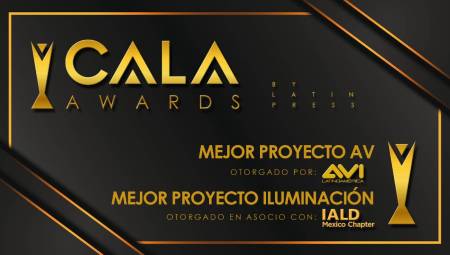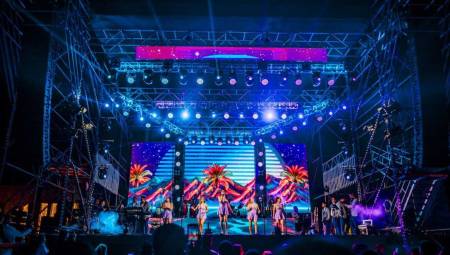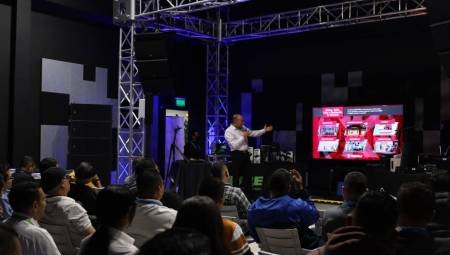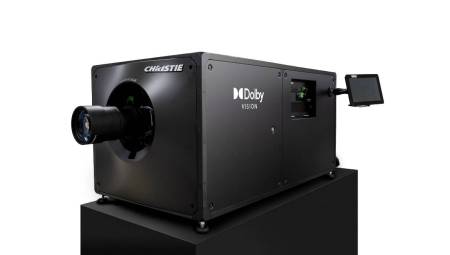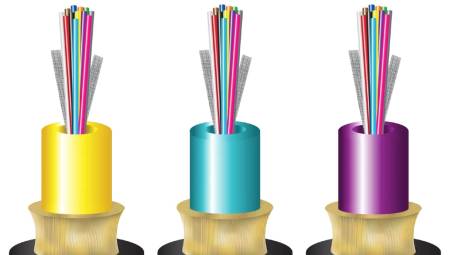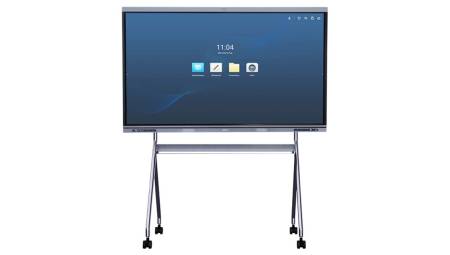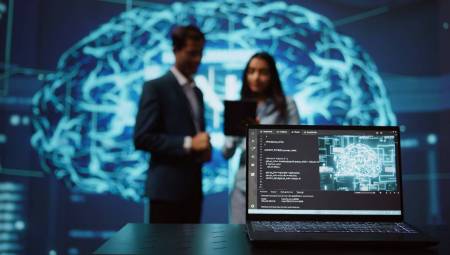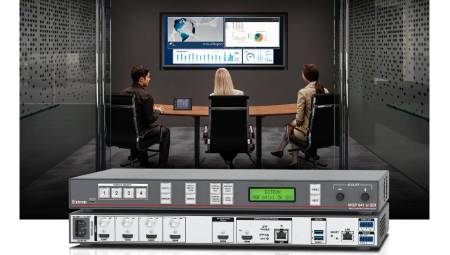 Latin America. Casio Corporation reiterated its stance as a green and socially responsible company by reporting that it complies with the guidelines established by the Minamata Convention on Mercury, a global treaty to protect human health and the environment from the adverse effects of mercury, which entered into force in 2017.
Latin America. Casio Corporation reiterated its stance as a green and socially responsible company by reporting that it complies with the guidelines established by the Minamata Convention on Mercury, a global treaty to protect human health and the environment from the adverse effects of mercury, which entered into force in 2017.
However, since 2010, Casio has avoided the use of this substance, commonly seen in products such as spotlights, thermometers and batteries, by introducing its family of LampFree projectors, equipment that uses a laser-LED luminic source instead of a mercury lamp.
The Minamata Convention
Signed by nearly 100 nations, in October 2013, during the Plenipotentiary Conference in Kumamoto, Japan, the Minamata Convention aims to protect human health and the environment from anthropogenic emissions and releases of mercury and its compounds, through a series of measures that all parties involved – producers, manufacturers and users – must follow throughout the natural life cycle of the substance.
Highlights of the Minamata Convention include the prohibition of new mercury mines and the phase-out of existing ones, the reduction of the use of mercury in a range of products and processes, the promotion of measures to control emissions to air, land and water, as well as the regulation of the artisanal and small-scale mining sector. The Convention also deals with the temporary storage of mercury and its disposal once it becomes waste.
After having been ratified by more than 50 countries on five continents, including Mexico, Honduras, Costa Rica, Uruguay, Ecuador and Brazil in Latin America, the Convention officially entered into force on August 16, 2017, as a regulatory regulation that seeks not only to protect the planet and its inhabitants from the harmful effects of mercury, but also to transform and modernize the means of production in order to be more efficient, clean, sustainable and socially responsible.
Article 4 of the Minamata Convention, relating to mercury-added products, provides that "each Party shall prohibit, by taking appropriate measures, the manufacture, import and export of mercury-added products ... after the specified deletion date [2020]." That is, by 2020, it is expected that products such as batteries, fluorescent lamps used in conventional lighting, as well as steam lamps such as those used in projectors and other household electrical appliances, will leave aside the use of mercury in their manufacturing processes.
Casio for the environment
In that sense, Casio has positioned itself as a leader in the development and production of mercury-free projectors since 2010. Thanks to their hybrid laser/LED lighting source, Casio's LampFree projectors are not only efficient, economical and more durable, but also contribute to the reduction of the ecological footprint and the cleanliness of the environment, by complying with the standards and regulations of the Minamata Convention.
Casio's LampFree technology eliminates the use of lamps containing highly toxic mercury, while giving rise to thin, lightweight and compact projectors, with low energy consumption and virtually zero CO2 emissions.
In addition, by not having a conventional lighting system (mercury lamp), LampFree projectors do not require constant maintenance, and are capable of offering up to 20,000 hours of service life, which leads to considerable savings in the total cost of ownership of the equipment.




